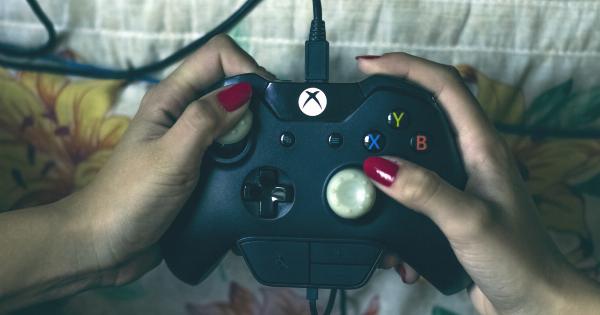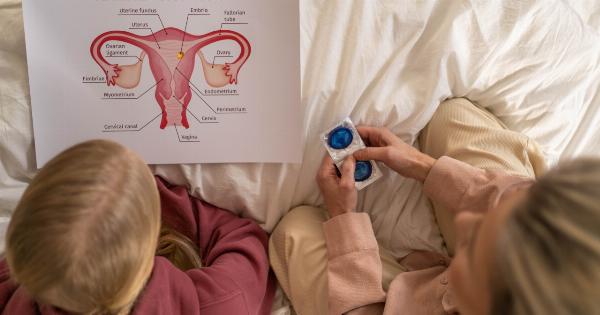Teenagers often lack important knowledge about sex education such as contraception. As they start to engage in sexual activity, it is important that they understand the various contraceptive options available to them.
In this article, we will discuss ten common contraceptive methods that teenagers can use to protect themselves from unintended pregnancy and STIs.
1. Condoms
Condoms are the most common type of contraception that teenagers use. Condoms are easy to use, easily accessible, and affordable. They are also the only form of contraception that can prevent the spread of STIs.
Condoms are available in different sizes, colors, and flavors, making them a popular choice among teenagers.
2. Birth control pills
Birth control pills are a popular hormonal contraceptive method among teenage girls. Birth control pills contain hormones such as estrogen and progestin that prevent ovulation from occurring.
They must be taken every day at the same time for optimal effectiveness.
3. Patch
A birth control patch is a small, sticky patch that is worn on the skin to prevent pregnancy. It contains hormones like birth control pills that are gradually released into the bloodstream.
The patch is changed weekly for three weeks, followed by one patch-free week.
4. IUD
An IUD (Intrauterine Device) is a small T-shaped device that is inserted into the uterus by a healthcare professional. The device is made of plastic or copper and can last for up to 10 years. IUDs are highly effective, but may be expensive for teenagers.
5. Implant
A contraceptive implant is a small plastic rod that is inserted under the skin on the arm. The implant releases hormones into the bloodstream, preventing ovulation.
It can last for up to three years, making it a convenient contraceptive method for teenagers.
6. Depo-Provera Shot
Depo-Provera is an injection that contains progestin only and is given every three months by a healthcare professional.
It is a highly effective contraceptive method, but may not be recommended for long-term use due to potential bone density loss in teenagers.
7. Vaginal Ring
The vaginal ring is a small, flexible ring that is inserted into the vagina and releases hormones into the bloodstream. The ring is left in place for three weeks, followed by one ring-free week.
The vaginal ring is easy to use, but may not be affordable for teenagers.
8. Diaphragm
A diaphragm is a small, flexible cup that is inserted into the vagina to cover the cervix. It prevents sperm from reaching the egg and is highly effective when used correctly. A healthcare professional must fit the diaphragm for optimal effectiveness.
9. Withdrawal method
The withdrawal method is a popular contraceptive method among teenagers, but is not effective at preventing pregnancy or STIs. The withdrawal method involves the man pulling out of the vagina before ejaculation.
It can be difficult to use correctly and may lead to unintended pregnancy.
10. Emergency Contraception
Emergency contraception, also known as the morning-after pill, is a type of birth control that can be used after unprotected sex or contraceptive failure.
It can be taken up to 72 hours after unprotected sex, but the sooner it is taken, the better the chances of preventing pregnancy.





























